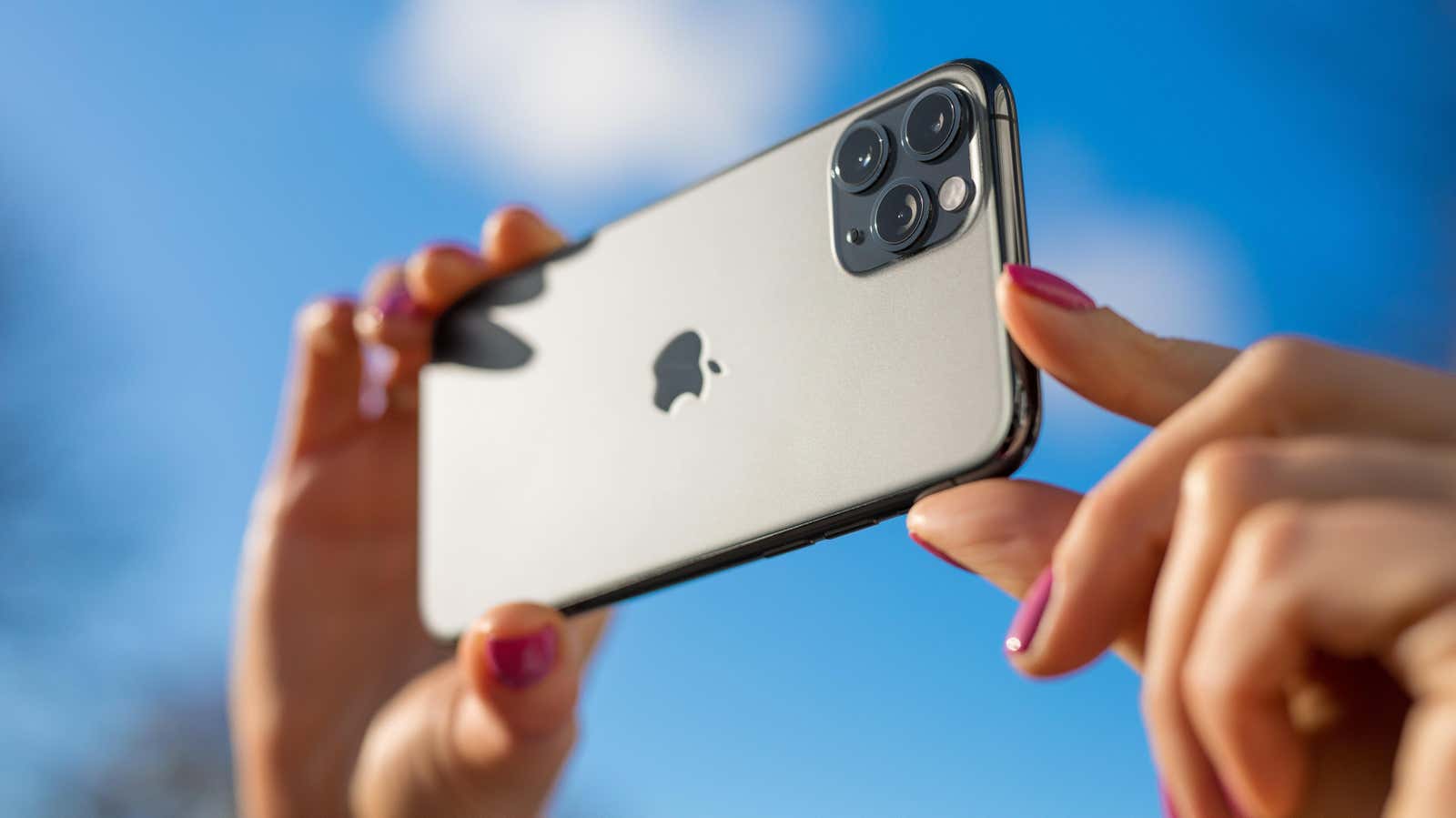How to Share Dolby Vision HDR From Your IPhone 12

The iPhone 12, 12 mini, 12 Pro, and 12 Pro Max all have their minor differences, but they do have one major feature: Dolby Vision HDR. This format gives the videos you shoot on the iPhone 12 fantastic dynamic range, and it looks really great on the right display. However, until now, there have not been many sources or devices to share this video with, but the situation is starting to change.
What is Dolby Vision HDR?
Dolby Vision is a version of HDR (high dynamic range) released by Dolby and a video format that you can use on your iPhone 12; this format allows for a greater dynamic range (light gets brighter, dark gets darker). It also provides 10-bit video recording, which gives your video a much wider range of colors than standard 8-bit video recording on many other devices.
Dolby Vision looks great on devices and displays that are compatible with this format, such as your iPhone. The problem is with devices that are not compatible with this format. You see, Dolby Vision’s proprietary HDR format allows them to instruct the display from scene to scene; devices and displays without the ability to read these instructions may not properly reproduce the intended experience.
Thus, in order to play videos captured with Dolby Vision on an incompatible device, you need to convert the video to a compatible format. Your iPhone will do this for you automatically; sometimes it will still look good; in other cases, not much. But it won’t have the full HDR experience you recorded it with anyway.
You can now share Dolby Vision HDR videos from Vimeo
Luckily for us, times are changing. Vimeo now lets you download and share Dolby Vision videos captured on any of the iPhone 12 lineup directly to their online video streaming platform. No degradation of video quality, no format conversion; just your 4K Dolby Vision HDR home video.
You can download Dolby Vision HDR videos directly to Vimeo from the Photos app. Just make sure you have Vimeo installed on your iPhone, tap the Share icon while watching a video, and then select Vimeo from the sharing options. Of course, you can also manually download Dolby Vision HDR videos from iMovie or Final Cut Pro.
Vimeo is currently the only source compatible with Dolby Vision. Other video platforms like YouTube will still convert your video on upload, so we still have ways to do this before Dolby Vision video gets widespread support. However, it’s nice to have a place to store your Dolby Vision videos so you can share them with other people who might have a compatible display.
[ Gizmodo ]